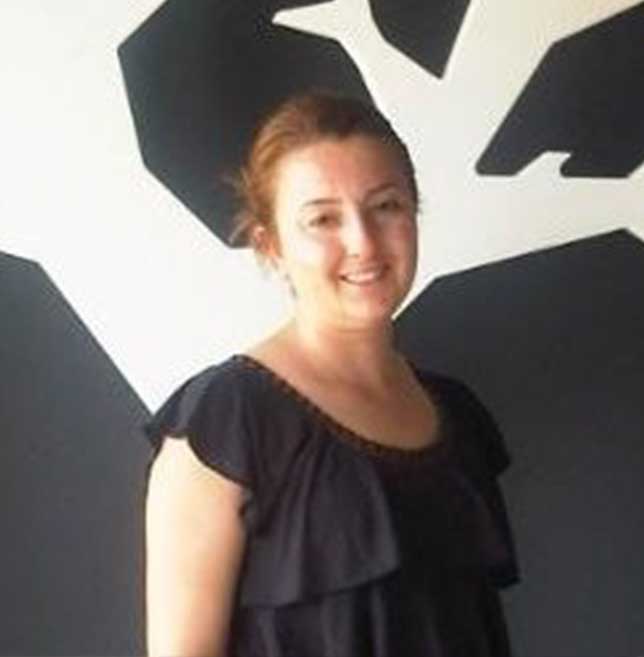Price Trend of CORSIA Phase I Carbon Credits
Background: CORSIA Phase I (2024–2026)

CORSIA, the aviation offsetting scheme developed by ICAO, requires airlines from participating states to retire carbon credits to offset emissions above 85% of 2019 levels. Phase I runs from January 1, 2024 to December 31, 2026, with around 126–130 countries voluntarily participating.
Eligible credits must come from ICAO‑approved standards and methodologies, and require host‑country “corresponding adjustments” under Article 6 to ensure no double counting. As of mid‑2025, only a handful of projects—principally from Guyana under ART TREES—have secured full eligibility and adjustment authorization.
Historical Pricing Patterns
- The Platts CEC price, tracking Phase I eligible units, opened at around $11 / tCO₂e and climbed to about $20 / tCO₂e by December 2024.
- The rise was driven by supply constraints after ICAO tightened eligibility rules, notably rejecting earlier Verra methodologies like VMR0006 and limiting auxiliary project types.
Supply–Demand Imbalance
- Demand forecasts for Phase I span 100 to 150 million units, but eligible supply remains limited—estimated around 7–15 million units, mostly Guyana-issued.
- This sharp imbalance has placed upward pressure on prices. Buyers like airlines have started cautious procurement, sourcing small lots (10–20 kt CO₂e) while waiting for greater supply visibility.
Price Forecasts to 2026
Different analysts offer varying future scenarios for Phase I pricing:
- Allied Offsets (May 2025)
- Low scenario: $14 → $25/t (Phase I)
- Medium: $15 → $29
- High: $16 → $34

- MSCI Carbon Markets (Nov 2024 data)
- Phase I: $18–51/tCO₂e
- Phase II (2027 onward): $27–91/t by 2033‑2035
Market Drivers Behind Price Trends
- Compliance Demand from Airlines: Airlines are the primary buyers under CORSIA. Their structured annual reporting and offset requirements increase procurement pressure, especially during Q2–Q3 each year.
- Eligibility Filtering: Not all carbon credits qualify. This selective filtering reduces supply and creates upward price pressure on eligible credits.
- Co-benefits Premiums: Projects with SDG alignment, community impact, or strong MRV protocols fetch higher prices as corporate buyers aim for reputational alignment.
- Program Reputation: Credits from Verra and Gold Standard dominate demand due to trust and familiarity among aviation stakeholders.
- Speculative Buying & Future Hedging: Some market participants are buying credits for 2026–2027 compliance in advance, pushing near-term prices higher.

The Phase I CORSIA credit market (2024–2026) is characterised by a sharp supply–demand mismatch, strict eligibility criteria, limited eligible issuance, and hence, rising price trajectory—from around $11 at the start of 2025 toward potentially $20‑30 by end of Phase I, with scenario-based forecasts extending toward $51 / t in bullish demand scenarios. High-end models like MSCI foresee prices up to $51 within Phase I, while BNEF projects Phase II peaks near $97, before moderating later phases.
Airlines and suppliers must navigate evolving registry approvals, host-country adjustments, and project insurance requirements. With strong focus on integrity, credit quality will remain central (both in terms of methodology and regulatory compliance) to price formation and procurement strategy.
References
https://www.iata.org/en/iata-repository/pressroom/fact-sheets/fact-sheet-corsia/
https://www.reuters.com/sustainability/decarbonizing-industries/will-corsia-flight-offsetting-scheme-pay-green-projects-or-greenwash-2025-05-21/
https://www.spglobal.com/commodity-insights/en/news-research/latest-news/energy-transition/122024-commodities-2025-mixed-views-on-price-sentiment-for-corsia-phase-1-despite-thin-supply
https://www.spglobal.com/commodity-insights/en/news-research/latest-news/energy-transition/122024-commodities-2025-mixed-views-on-price-sentiment-for-corsia-phase-1-despite-thin-supply
https://www.iata.org/en/iata-repository/publications/economic-reports/aviations-decarbonization-requires-more-corsia-credits/
https://carboncredits.com/corsia-carbon-credit-prices-demand-and-supply-what-the-future-holds/
https://www.msci.com/research-and-insights/paper/corsia-costs-and-implications-for-the-airline-industry
https://www.fastmarkets.com/insights/corsia-phase-1-market-shows-drops-of-demand-leaving-the-market-at-an-impasse/














